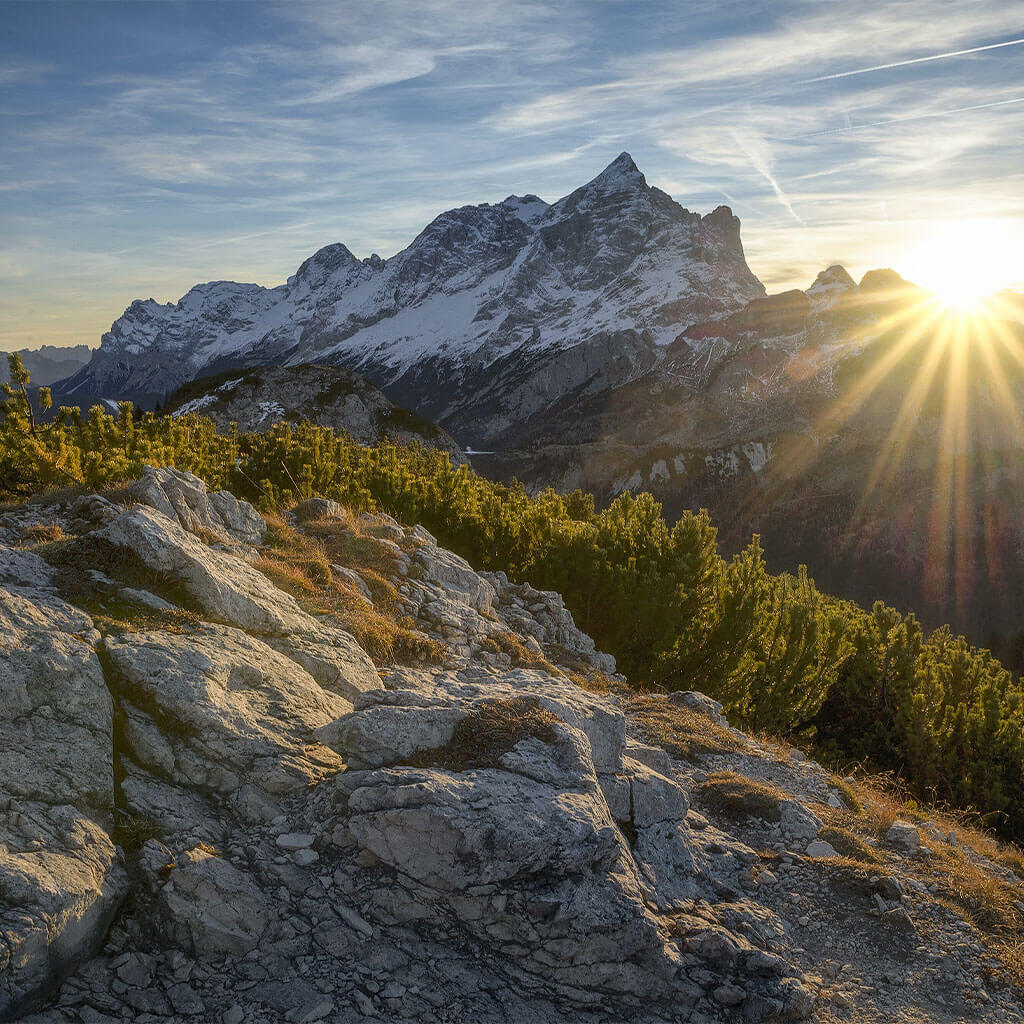Inspired for an Adventure? Check out Beef Stroganoff - Pouch and Beef Stew - Pouch
Free Ground Shipping On All Orders
Over 2,100 Reviews
Add description, images, menus and links to your mega menu
A column with no settings can be used as a spacer
Link to your collections, sales and even external links
Add up to five columns
Add description, images, menus and links to your mega menu
A column with no settings can be used as a spacer
Link to your collections, sales and even external links
Add up to five columns


Listen, we understand: When many of us outdoorsy types think of roughing it in a survival situation, we like to imagine fashioning fishing rods from saplings, navigating by star-paths, erecting backwoods cribs out of tree branches and hides we’ve cured from beasts we’ve brought down with bows-and-arrows, and generally going the 100% primal route to stay alive.
Fair enough, but wilderness travelers turn up their noses at modern technology to their own detriment. Even if you want to limit the gadgetry you haul into the wilds (or stow in your bug-out bag)—and that’s a perfectly understandable impulse—certain survival electronics and other 21st-century innovations are definitely worth considering. Whether making essential task more efficient or keying rescuers into our location more quickly, they can be truly lifesaving technology.
Here we’ll spotlight a few categories and specific models of high-tech survival gear you may well want in your pack the next time you strike off from the trailhead.
Survival Electronics, Round 1: Personal Locator Beacon
If you’re a mountaineer, an off-piste skier, or really anyone who regularly makes the deep backcountry his or her playground, you ought to think about purchasing a Personal Locator Beacon, or PLB. They can run you several hundred dollars, so there’s definitely a cost consideration. And it must be said that more than a few wilderness trekkers frown upon such devices, reckoning that they enter the back-of-beyond by their own volition and shouldn’t demand to be bailed out by rescuers if things get hairy.
There’s no question, however, that PLBs can be lifesavers. The beacons, which are based on similar transmitters long used for marine rescues, emit two signals when activated. One relays your Unique Identifying Number (UIN)—applied by the National Oceanic and Atmospheric Administration when you register the device—to the COSPAS-SARSAT satellite network at 406 MHz, a universal distress frequency monitored by NOAA and the Air Force Rescue Coordination Center.
The other signal at 121.5 MHz, meanwhile, serves as a homing beacon for search-and-rescue workers who’ve been directed to your general vicinity by the satellites.
A PLB with GPS capability significantly shaves down the time required for search-and-rescue teams to locate you: We’re talking an average notification interval of a mere five minutes.
The long-life lithium batteries powering PLBs are meant to last at least 24 hours even in extreme cold (and longer in warmer temperatures).
It goes without saying that you should only activate a PLB in a truly life-or-death situation, as doing so puts the lives of search-and-rescue workers at risk and—if you’re signaling just because you’re in an inconvenient pickle versus a grave one—draws resources from others in emergencies.
Survival Electronics, Round 2: Backcountry Charge-Ups
Nobody should rely on smartphones for staying alive in the wilds, but there’s no question they can serve as a handy survival electronics in a pinch, whether you’re locating yourself on a digital map or using a cell signal to text or call for help.
How to charge such gadgets in the backcountry? (After all, last we checked, your average tree trunk doesn’t come with electrical outlets.) These days, you’ve got a whole galaxy of options, solar chargers chief among them. The Goal Zero Venture 30 Solar Kit, for instance, serves up 7,800mAH worth of power via water- and dirt-proof USB ports, and has the rugged frame to stand up to the inevitable punches of the great outdoors.
The jack-of-all-trades Eton Scorpion, meanwhile—which also doubles as an NOAA weather radio and an LED flashlight—can charge your devices via solar power or hand-crank.
A non-solar but outdoors-ready option is the super-portable, 2.4A, IP68-grade myCharge All Terrain Charger’s tough rubber coat makes it waterproof and shockproof.
Mealtimes: The MiniMo
Most seasoned backpackers have probably struggled more than once with an otherwise decent campstove that just lacks precision when it comes to flame control. A full boil or zilch: Frustratingly, those extremes often seem to basically exhaust your options.
Well, it turns out you can get a simmer going out there in the backcountry kitchen. You can, anyway, using JetBoil's MiniMo, which boasts state-of-the-art regulator and valve technology to allow you much more finesse on the burner than your average backpacking stove. That fine-scale performance—backed up by a nicely designed cooking cup/pot—earned the MiniMo an "Editor's Choice" award from Backpacker in 2015.
You'll appreciate the progressive MiniMo when you're whipping up a lipsmacking Mountain House entree on a cozy evening in the campsite—although, truth be told, our meals are so easy to prepare that even the crudest cookstove'll do the trick.
LifeStraw
Even if plenty of backpackers still throw caution to the wind and slurp directly out of potholes, creeks, and mountain lakes, we advise erring on the safe side of things and treating any wilderness water source. Boiling is the ancient, tried-and-true method, of course, but it’s not convenient on the trail, and it’s fuel-demanding.
For on-the-go water treatment, you’ve got plenty of options in terms of filters, purifiers, and tablets. When it comes to sheer convenience and ultralight compatibility, it’s hard to beat LifeStraw. A mere 9 inches long and 2 ounces, it strains out most offending bacteria and protozoa in mighty user-friendly fashion: You simply stick it in the stream or lake and suck—no pumping, squeezing, or chemicals required. The company claims it’s good for making as much as 1,000 liters of water safe for drinking.
Given its utility during the aftermath of natural disasters, LifeStraw’s nabbed more than a few accolades since it debuted in 2005, including a “World Changing Ideas” award from Saatchi & Saatchi and a TIME “Invention of the Year” honor.
(We’ll also give a shout-out to the nearly-as-easy-to-use Sawyer water filters.)
The Latest in Avalanche Safety
Whether you’re a snowshoer, backcountry skier, or mountaineer, avalanches represent a mortal danger not to be taken lightly. These crushing slabs of snow—often triggered by your own passage—can travel faster than 100 miles per hour. It’s easy to be blasé about avalanches, but catch one in action—or even just wander the shredded chutes they gouge out on mountainsides—and you’ll quickly gain the proper respect.
Let’s note right off the bat that avalanche safety equipment isn’t a substitute for avalanche awareness: Given how supremely dangerous these slides are, it’s best to do everything you can to avoid being caught in them in the first place, which takes careful study of weather reports, knowledge of particularly avalanche-prone terrain, and an understanding of snow dynamics.
That said, modern technology can improve your chances of survival if you’re unlucky enough to find yourself square in the path of one of these thunderous rivers of snow. Winter backcountry travelers should consider wearing avalanche transceivers, which are specialized beacons for locating individuals trapped under snow. It goes without saying that time’s of the essence in such a situation.
An additional option is the avalanche airbag, which when deployed is meant to make an avalanche victim more “buoyant”: In a snow slide, larger items tend to rise to the top (abiding by the physics of “inverse segregation”), so a properly used airbag makes it more likely you’ll end up at the surface of an avalanche, rather than within it—and that’s a much better place to be, to put it mildly.
And then there’s Black Diamond’s Avalung, designed to extend your survival time when buried in an avalanche by improving your ability to breathe air out of the snowpack and directing your exhalation to avoid carbon-dioxide and ice buildup.
Caution’s the Best Survival Tool
Our caveat about avoiding avalanches in the first place leads into a more general point regarding all this high-tech survival gear: Seek it out by all means, take advantage of the forward-thinking minds behind it, but don’t assume that having it on hand is a foolproof way to avoid backcountry emergencies. Whether it’s a smartphone or a Personal Locator Beacon, people sometimes have the tendency to act more recklessly when armed with technology, assuming it’s got their bases covered in case they get lost or sprain an ankle in some farflung basin. None of the items we've highlighted replace plain old common sense and sound preparation.
Treat state-of-the-art survival electronics or any other cutting-edge outdoor technology as valuable resources for your outdoor adventures—not get-out-of-jail-free cards.

How to Rotate Emergency Food: FIFO and Other Rotation Methods

The First 72 Is on You: Survival Kit Checklist + Printable PDF


Stay Hungry for Adventure
Sign Up for Delicious Outdoor Meals & Exclusive Offers!
By clicking ‘Join Now’, I agree to the Terms of Service and Privacy Policy.


Join the adventure
©2026 Mountain House — All Rights Reserved.
Your Cart is Empty
Continue ShoppingYour Cart
Subtotal
$0.00
EXPRESS PAYMENT METHODS AVAILABLE IN CHECKOUT
Taxes and Shipping Calculated at Checkout
Your ExpertVoice deal.
$[Deal Price]
$[Original Price]
Discount applied at checkout.
On sale now — lower than your ExpertVoice discount.
Not eligible for ExpertVoice discount.














